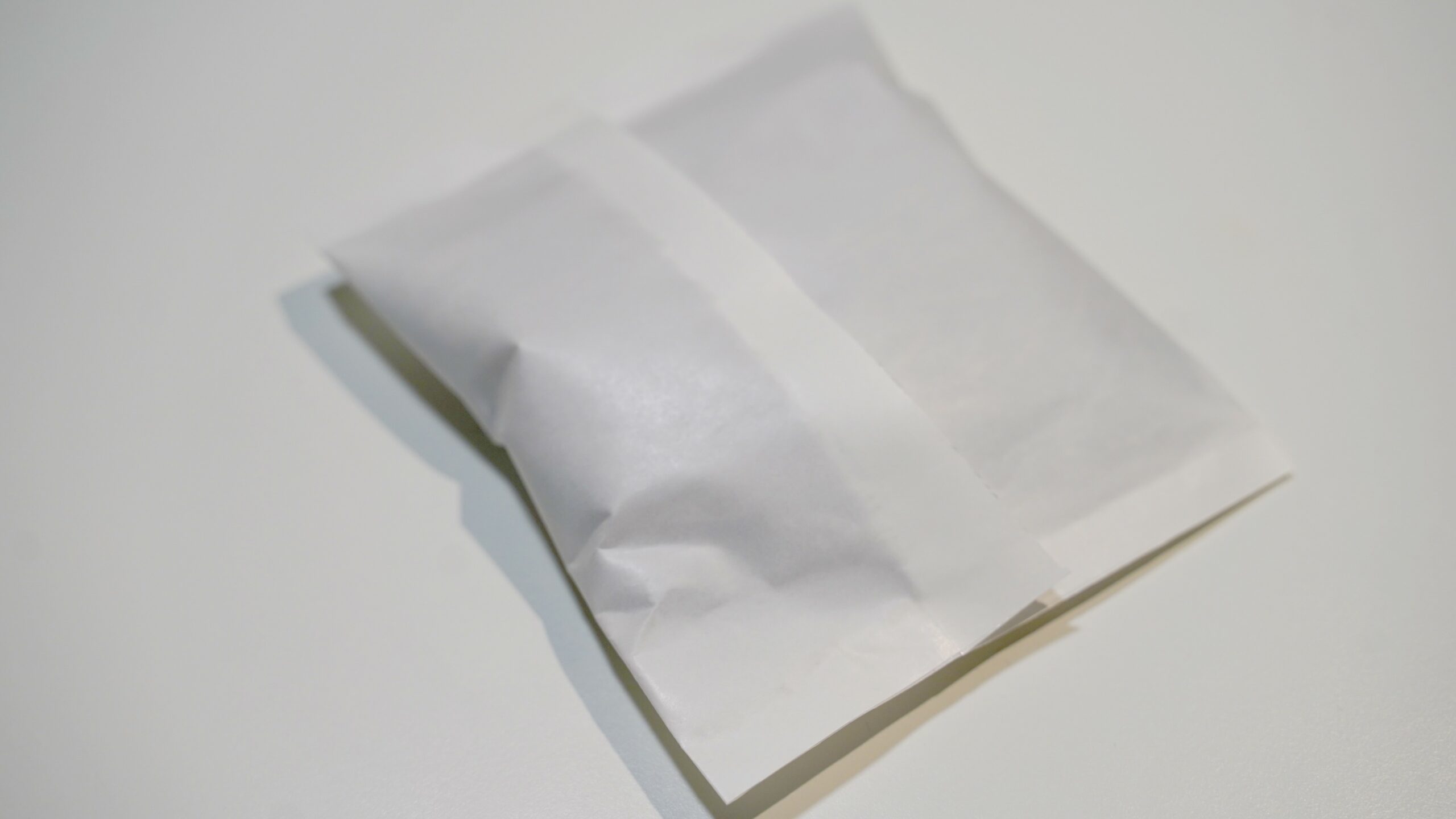ITENE develops recyclable paper with improved properties for application in cocoa and nuts packaging
In the INNCELPACK project, funded by IVACE+i, the research centre has optimised its barrier properties to gases and liquid contaminants and its sealability.
The ITENE research centre has obtained a paper-based and fully recyclable material with improved barrier and sealability properties to boost its application in cocoa powder and nuts packaging.
This has been the result of the research carried out by the research centre in the INNCELPACK project, funded by IVACE+i and executed between June 2023 and the same month of 2024. Specifically, the project has focused on improving the properties of recyclable formulations of paper-based materials for food and e-commerce packaging.
In this way, it has sought to respond to the needs that have arisen in the packaging industry in response to the requirements of the Spanish Law on Waste and Contaminated Soil for a Circular Economy and the Spanish Royal Decree on Packaging and Packaging Waste to promote the circular economy and reduce the volume of packaging waste.
Rafael Sánchez, head of the project at ITENE, explained that “cellulosic substrates or papers have limitations to replace flexible materials of plastic origin in terms of their properties, especially in barriers”. “For this reason, INNCELPACK has focused on improving the functionalities of cellulosic materials,” said the researcher.
To this end, two strategies have been applied to improve the barrier and sealing properties of packaging made of cellulosic substrates without affecting their recyclability, optimally applied liquid coatings and ultra-thin polymeric coatings applied by plasma (plasmapolymerisation).
On the one hand, a wet coating process of cellulosic substrates was carried out. Specifically, it consists of the wet application of coatings with different liquid coatings or varnishes, applied with conventional printing technologies in the flexible packaging printing industry, such as rotogravure application. This method is used in the flexible packaging industry and allows liquid coatings to conform perfectly to the paper surface, achieving uniform coverage and improving the barrier and sealability properties of the material. In addition, this process allows for a reduction in material thickness compared to conventional flexible packaging. These characteristics make the method an environmentally friendly and efficient option for the packaging industry.
Specifically, ITENE evaluated different commercial coatings available on the market, which were optimised together with the application techniques to meet the required barrier and sealing properties for packaging applications. In this sense, different sequential coating structures were developed to achieve suitable barriers (oxygen barrier, water vapour barrier, hydrophobicity and oleophobicity) for the applications under study.
Moreover, the plasmapolymerisation technique was applied, which consists in the use of plasma to apply polymer coatings on the surface of cellulosic substrates. Unlike wet coating, plasma polymerisation is a dry process.
The coatings obtained by plasmapolymerisation are extremely thin, which means that they do not affect the recyclability of the cellulosic materials on which they are applied.Moreover, they offer excellent barrier properties against liquids and gases, which improves the resistance of the paper to liquid pollutants and gaseous compounds, and allow obtaining coatings at nanometric scale, with a consequent weight reduction of the substrate. Through this technique, ITENE was able to provide hydrophobic and oleophobic properties to cellulosic substrates, as well as a certain barrier to gases, which is essential in different food packaging applications.
In summary, both strategies aim to improve the functionality of paper and board packaging, either by optimally applied liquid coatings or by plasma-applied ultra-thin coatings, without compromising the recyclability and sustainability of the material.
In this way, sealable structures with barrier properties have been obtained for nut and cocoa powder packaging.



